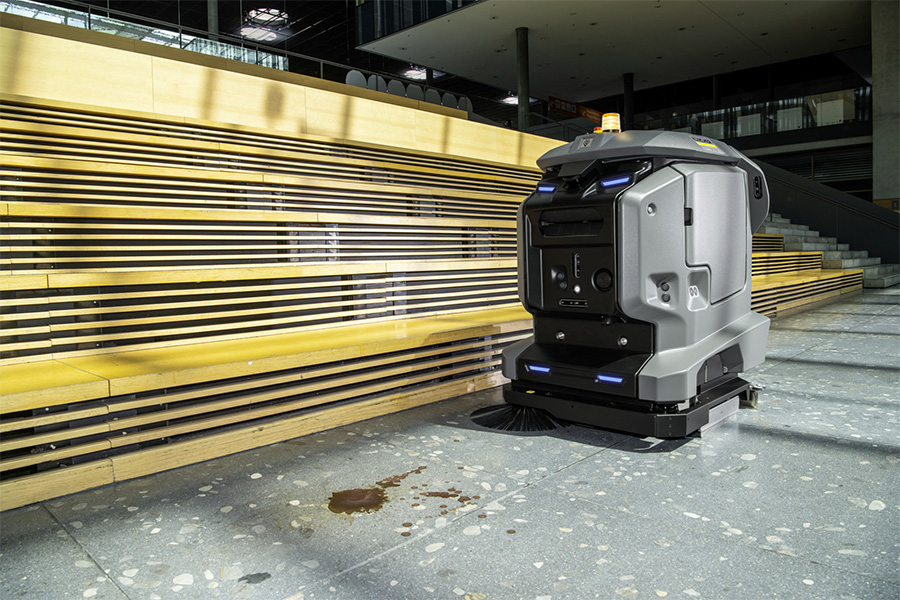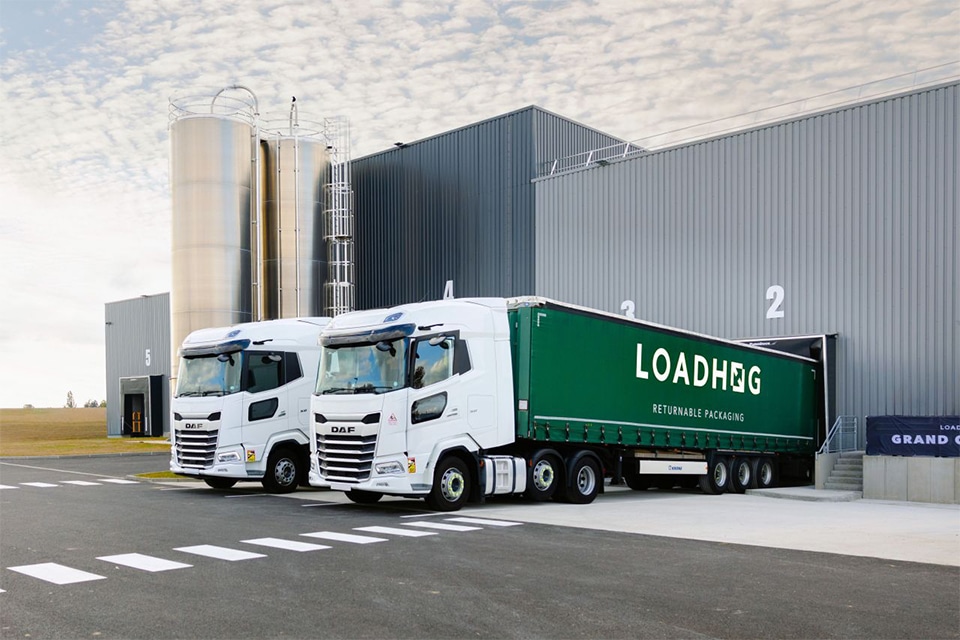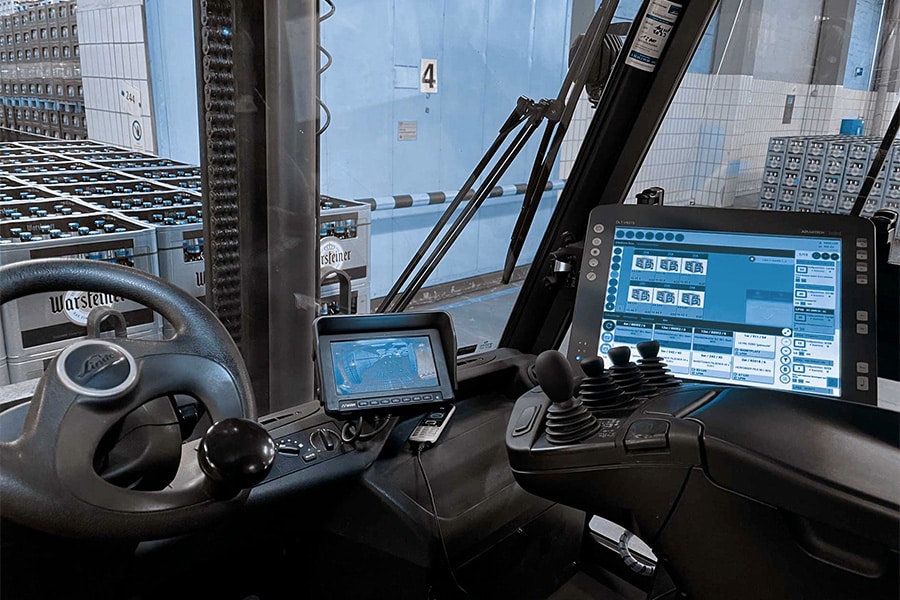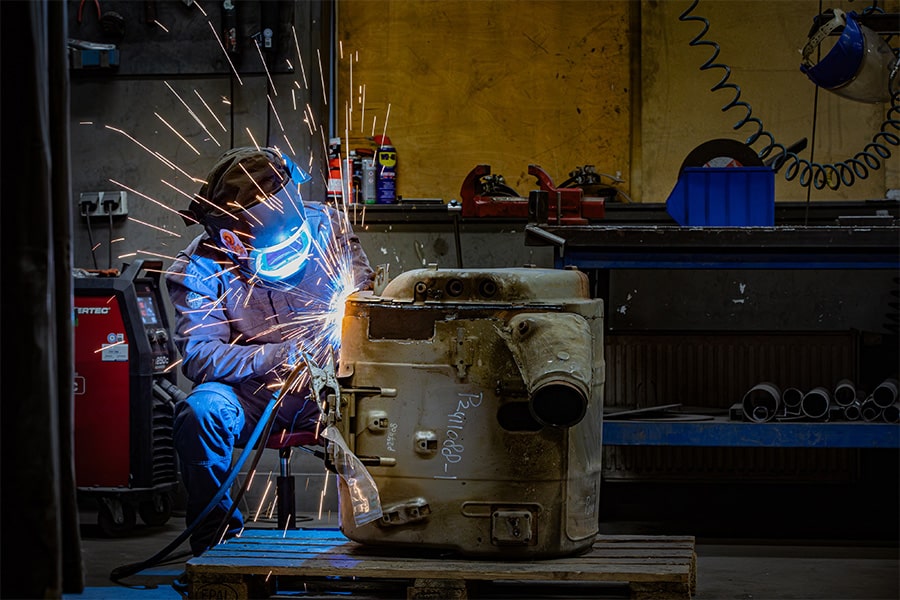
Robots in building cleaning: a solution to staff shortages
When machines become autonomous
It is still unusual to see unmanned scrubber robots in action. They are not yet well established in the cleaning industry. However, with the growing shortage of skilled personnel, reducing time-consuming work is becoming increasingly important in many countries. And that's where cleaning robots come in. Easy operation and high safety standards ensure a wide range of applications, from supermarkets and hospitals to airports.
Autonomous machine operation seeks to minimize the need for human intervention. Meanwhile, models are available that link autonomously to a docking station. They charge and are filled with water without the operators having to do anything. In an ideal scenario, scrubber robots can clean right into the smallest corners without the need for additional manual labor. If the machines have powerful software, sensors and the ability to reverse autonomously, they can free themselves from a dead-end zone on their own.
Advanced technology for accident-free work
Full autonomy would be no help if cleaning robots did not meet the strictest safety standards, especially in high-traffic areas. Using laser scanners and 3D and ultrasonic sensors, the environment around the robot can be monitored 360°. People, other moving obstacles and stationary objects are thus reliably detected. Depending on the model and manufacturer, the safety devices are certified according to the provisions of CSA (North America) or IEC (Europe). An external body must always confirm that the robot can operate safely in accordance with the relevant standards.
Easy operation for everyone
There are still some inhibitions in operating robots, although it is very easy to control them today. When the first scrubber robots entered the market, only service technicians with technical equipment and special programming knowledge could create a route plan. However, improved sensors, higher data quality and modern operating concepts mean that today any user can create, correct or combine routes - and this without technical support. Depending on the model, step-by-step instructions show what needs to be done. If a route is to be programmed, the user selects a starting point. This starting point is marked with a code that the robot can read. The user then teaches the robot the planned cleaning route or moves the robot around a defined cleaning area that it then travels autonomously.
Robots and humans form one team
Although cleaning robots could be considered a rival, practice proves otherwise. After all, a coherent cleaning concept that takes into account the increased requirements for cleanliness and hygiene in public areas requires the know-how of trained personnel. The robot's deployment planning must also be well thought out in order to limit distances and combine routes intelligently. Route start codes or docking station locations must therefore be set accordingly. The achievable degree of automation also has clear limits. In industries such as logistics, retail, manufacturing, transportation or healthcare, robots are a good solution for monotonous tasks that take up a lot of time and therefore cause high costs. If autonomous machines are used for this purpose, cleaners can perform other, more complex tasks for which they previously had too little or even no time.
Daily floor cleaning as an example
Daily floor cleaning is often a time-consuming activity that also requires quite a lot of effort from cleaners. Scrubber robots can be a valuable help in this area, as depending on their design, they can handle medium to large surfaces and also maneuver safely in tight environments.
This allows them to clean an area of several thousand square meters per day without human intervention. To consistently achieve very good results, the water volume, detergent dosage and working speed are preset based on the degree of soiling. ■



